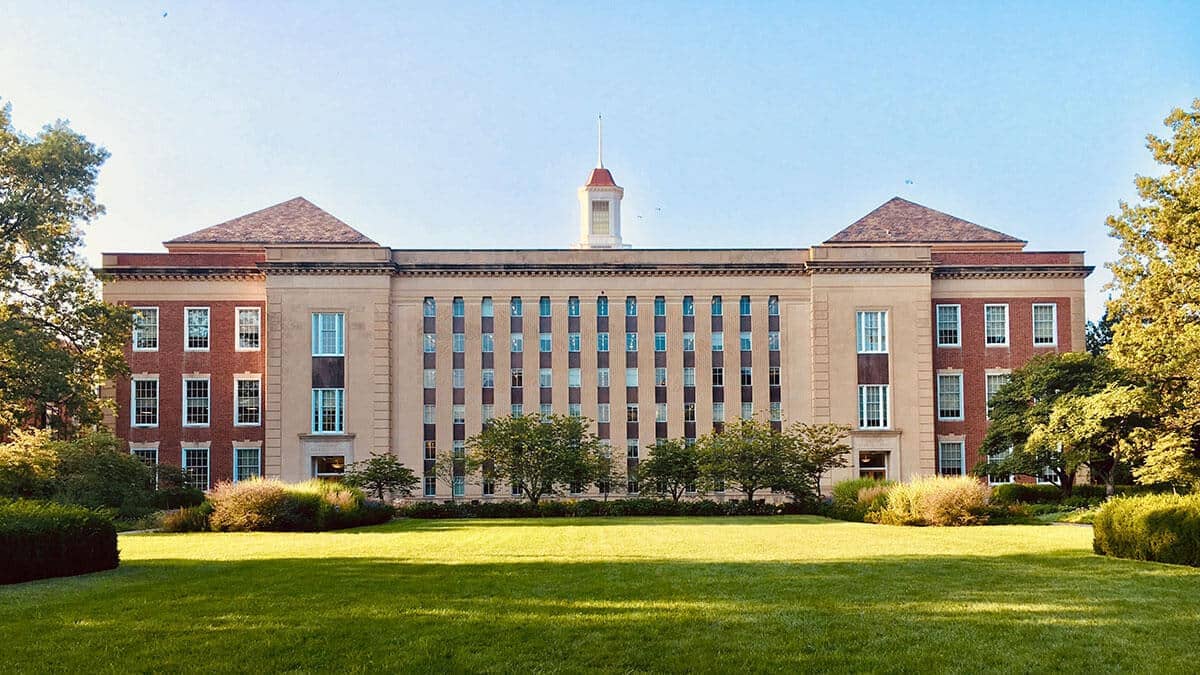Things To Do In Mainz Germany
Mainz Germany: Mainz is the capital and largest city of Rhineland-Palatinate, Germany. The city is located on the Rhine river at its confluence with the Main river, opposite Wiesbaden on the border with Hesse. Mainz is an independent city with a population of 217,118 (2018) and forms part of the Frankfurt Rhine-Main Metropolitan Region.
Mainz was founded as Mogontiacum by the Romans in the 1st Century BC during Classical antiquity, serving as a military fortress on the northernmost frontier of the Roman Empire and as the provincial capital of Germania Superior. Mainz became an important city in the 8th Century AD as part of the Holy Roman Empire, becoming the capital of the Electorate of Mainz and seat of the Archbishop-Elector of Mainz, the Primate of Germany. Mainz is famous as the home of Johannes Gutenberg, the inventor of the movable-type printing press, who in the early 1450s manufactured his first books in the city, including the Gutenberg Bible. Historically, before the 20th century, the city was known in English as Mentz and in French as Mayence. Mainz was heavily damaged during World War II, with more than 30 air raids destroying about 80 percent of the city’s center, including most of the historic buildings. Today, Mainz is a transport hub and a center of wine production.

Things To In Mainz Germany
Germany’s wine capital, Mainz was founded by the Romans on the left bank of the Rhine and has more than 2,000 years of history. Looming over the Altstadt’s romantic warren of cobblestone streets is the huge Romanesque cathedral, a burial place for centuries of ruling Prince Archbishops.
The city’s museums have Roman artifacts discovered beneath the city, like a small armada of 1700-year-old warships now kept in an industrial locomotive shed. In the 1430s the Mainz citizen Johannes Gutenberg invented the printing press, and the museum dedicated to him has two of the remaining editions of the Gutenberg bible. Mainz also puts on a big-time carnival, and its televised parade on Shrove Monday pulls in hundreds of thousands of spectators. With a millennium of history in its walls, Mainz’s immense sandstone cathedral radiates religious and political power.
The design is still mostly Romanesque from the High Middle Ages, but there’s also some Gothic and Baroque design in the chapels and roof.
The interior has the largest set of funerary monuments to Prince-Archbishops in the former Holy Roman Empire.
These monuments represent all phases of European art history, from Gothic to Baroque, as well as the Medieval revival styles of the 19th century.
In the Kettelerkapelle.
In the High Middle Ages six German monarchs, from Agnes de Poitou in 1043 to Heinrich Raspe in 1246 were crowned in the cathedral.
Be sure to see the treasury, rich with centuries of religious art.
Hilton Mainz Germany
It was the site of a Celtic settlement where the Romans established (14–9 BCE) a military camp known as Mogontiacum (Moguntiacum), after the Celtic god Mogo. The town that developed became the capital of Germania Superior until the Romans abandoned the area about 451 CE. In the 6th century there arose a new town, which became a bishopric (747) and the ecclesiastical center of Germany under St. Boniface and an archbishopric (775–780).
The community grew rapidly, gaining certain rights of self-government in 1118 and becoming a free imperial city in 1244. As “Golden Mainz,” it was the center of a powerful league of Rhenish towns in 1254. The archbishops became chancellors and electors of the Holy Roman Empire in the 14th century. Mainz is noted as the birthplace of Johannes Gutenberg, who invented the art of printing with movable type there about 1440. Following an economic decline, climaxed by warfare between two rival archbishops in 1462, its citizens were deprived of their privileges. Many craftsmen were driven into exile, spreading the knowledge of the art of printing.
Although the city was occupied by the Swedes and the French during the Thirty Years’ War, it remained a flourishing commercial and cultural center until it was reoccupied by the French in 1792. It was successfully besieged by the Prussians and Austrians (1793) but was ceded to France by the Treaties of Campo Formio (1797) and Lunéville (1801). The French suppressed the archbishopric (replaced by a bishopric in 1801) and secularized the electorate in 1803. French dominance ended in 1816 when the city passed to Hesse-Darmstadt and became the capital of the newly formed Rhenish-Hesse province. It was a fortress of the German Confederation and later of the German Empire. Mainz was occupied by French troops after World Wars I and II. About four-fifths of the inner city was destroyed during World War II, but reconstruction was rapid and extensive. Mainz’s right-bank suburbs were transferred to the state of Hesse in 1946.
What is Mainz Germany famous for?
Mainz is famous for its university, its Roman heritage, its status as a media hub and regional capital, and its three most defining features: the Romanesque cathedral, the Gutenberg printing press, and the Rhineland carnival.
How old is the city of Mainz?
Mainz was founded as a Roman camp in 1 bc. In ad 1118 it became a free city.
What is there to do in Mainz today?
- 1 St. Stephen’s Church. St. …
- 2 Mainz Cathedral. Mainz Cathedral. …
- 3 The Gutenberg Museum. The Gutenberg Museum. …
- 4 Marktplatz. Marktplatz. …
- 5 Museum of Ancient Navigation. Museum of Ancient Navigation SBA73 / photo modified. …
- 6 Mainz State Museum. …
- 7 St. Augustine’s Church. …
- 8 Roman-Germanic Central Museum.
Car Rental Mainz Germany

The city is located at the confluence of the river Main with the Rhine in central west ![]() Germany opposite south of the city of Wiesbaden, Hesse’s capital. Mainz has a population of 200,000 inhabitants (2013). Mainz is one of the cities of the Frankfurt Rhine-Main Metropolitan Region with a population of 5.5 million people.
Germany opposite south of the city of Wiesbaden, Hesse’s capital. Mainz has a population of 200,000 inhabitants (2013). Mainz is one of the cities of the Frankfurt Rhine-Main Metropolitan Region with a population of 5.5 million people.
Mainz is one of the centers of the German wine economy. The city is also known for its yearly celebration of one of Germany’s largest Carnivals, the ‘Mainzer Fastnacht’.
The city is also the birthplace of modern book-making. Johannes Gutenberg was born in Mainz at the end of the 14th century. His invention of the printing press revolutionized printing, it became the first “mass production” of print products like books.
Just zoom in (+) to see Mainz Cathedral and the Gutenberg Museum in the center of the city.
The Map shows a city map of Mainz with expressways, main roads, and streets. Zoom out to find the location of the nearest airport to Mainz, Frankfurt International Airport (IATA Code: FRA), 31 km by road, east of the city.
Mainz Kastel Germany
At the confluence of the Rhine and Main rivers lies the city of Mainz, the beautiful capital of the Rhineland-Palatinate region — a place you should definitely plan to visit. This is a city of rich cultural heritage, with roots that date back millennia in which you could lose yourself for weeks exploring. It’s also a bright and vibrant place to live, with wining and dining options to delight any culinary enthusiast. So, without further ado, let’s look a little closer at five reasons to love this city, and why it’s worth adding to your ‘must-visit’ list.
1. It has an enthralling history
With a history that dates back over 2,000 years, there is plenty to delve into for buffs in Mainz. One of the best places to experience the past with all of your senses is the lovingly restored Old Town, which is brimming with authentic atmosphere. There are plenty of traditional shops and places to eat, though you could spend hours just strolling around its cobbled streets.
The real highlight of the Old Town is the magnificent Mainz Dom, which dominates the skyline. The 1,000-year-old cathedral is an architectural wonder, with Gothic, Romanesque, and Baroque styles all on display. You can visit the building and learn about its past on a guided tour — for more information please see the German website.
2. It’s a book lover’s dream
Part of Mainz’s illustrious history falls within the world of books — the city was home to the inventor of the letterpress (printing with moveable type), Johannes Gutenberg, who revolutionized the way books were produced in the fifteenth century. This printing pedigree is commemorated at the Gutenberg-Museum, which is situated just across a square from St. Martin’s Cathedral. Here, bibliophiles can explore the evolution of the printed word with displays of presses, magazines, and newspapers from different ages. The jewel in the crown, however, are the two original Gutenberg bibles, the first books printed by Gutenberg which are almost 500 years old.
3. It’s the wine capital of Germany
The Rheinhessen is German’s largest wine-growing region, and Mainz is certainly in the heart of it. The area has 26,500 hectares of vineyards, which produce the German favorites Riesling and Silvaner. The city, especially the Old Town, is home to many traditionally-timbered Alstadt taverns that serve the very best of these local wines, making it the ideal destination if you want to sample what the region has to offer. The global wine blog Schiller-wine has a few recommendations if you are planning a visit.
Mainz and the region Rheinhessen have been a member of the Great Wine Capitals Global Network since 2008 and at the same time the exclusive member from Germany. Together with currently 9 other international cities all over the world Mainz and Rheinhessen build the network and they have one thing in common: all GWC members are internationally known and renowned wine regions and wine plays an important role in their economic and cultural life. Initiated by the network the international Best Of Wine Tourism Awards is conferred each year which honors wine businesses in all cities in seven different categories.
4. The city knows how to party
Along with Cologne and Dusseldorf, Mainz is one of the carnival capitals of Germany, with its annual celebrations spanning many months of the year. The festivities come to its peak in spring at ‘Fassenacht’, the famous fifth season celebration, which means day-long parties and all-nighters held throughout the city. Expect extravagant dinners, drinking in beer halls, costume balls, and a wonderful parade known as ‘Rosenmontag’. You can get full details of the upcoming carnivals and more on our events page.
5. It’s the perfect base to explore the river lands
Thanks to its position at the point where the Rhine and the Main rivers meet, Mainz enjoys the enviable best of both worlds, making it the perfect base if you want to explore the surrounding river areas. The built-up banks of the rivers are elegant and a joy to stroll along while looking slightly further afield will reward you with some of the most breath-taking sceneries of Germany.
In particular, the UNESCO-listed Upper Rhine Valley, or Rhine Gorge as it is more popularly known, is truly stunning. It is located around an hour’s drive from the city (it can also be reached by train), stretching for 65km of dramatic vistas along the river. An alternative way to explore this beautiful river region is to get a unique view from the water on a river cruise, such as The River Cruise Line’s Rhine to Switzerland trip, which takes you to Mainz, as well as locations further upriver.










